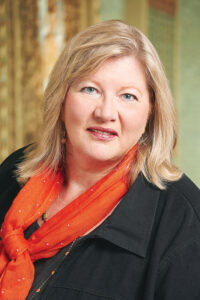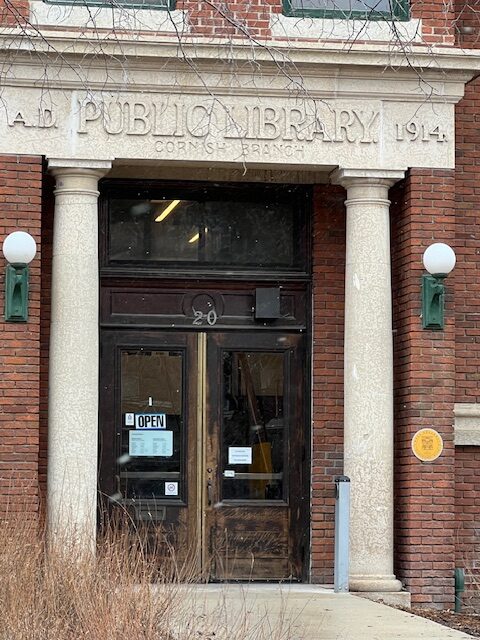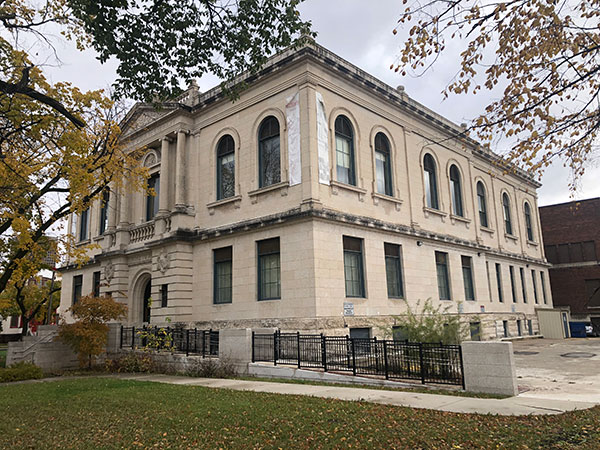
Random Notes
I have been thinking about the way the spaces that we make for different types of activities in our communities shape the nature and character of our population. When we invest in public spaces that provide opportunities for learning, community development, inspiration, collective projects, and access to the cultural resources of human history, we transform the way community members engage with each other and massively improve the quality of life for everyone.
In recent years, I have been working with communities in various parts of Manitoba to consider ways in which the lives of citizens could be enhanced by increased arts and cultural programs and opportunities. In so many Manitoba towns, there could be a flourishing of art, theatre, dance, and music, if there were access to a facility developed to encourage this part of community life. How could something like that happen in rural and remote Manitoba communities? Considering this dilemma has made me think about the proliferation of libraries around North America and the United Kingdom through the generosity of Andrew Carnegie.
From 1903 to 1922, business leader and philanthropist Andrew Carnegie gave grants to build 2,509 libraries in communities around the world. Most of the libraries were built in the United States, 650 libraries were built in the United Kingdom and Ireland, and Canada was fortunate to benefit from grants for 125 libraries, 111 of which were built in Ontario. Winnipeg has three Carnegie libraries. The William Avenue Library was the recipient of a $75,000 grant, and the Cornish Branch and St. John’s Branch shared a grant of $35,000. The St. John’s Library and the Cornish Library are still in service, but the former central library on William Avenue was closed in 1995. The space has since been used by the Provincial Archives.

These libraries were built on the “Carnegie Formula”, which required financial commitments for maintenance and operation for the community that received the donation. Most communities that applied for funding for a library received funding from the Carnegie Foundation. The local government was required to meet the following criteria:
- Demonstrate the need for a public library.
- Provide the building site.
- Pay staff and maintain the library.
- Draw from public funds to run the library – not use private donations only.
- Annually provide ten percent of the cost of the library’s construction to support its operation; and,
- Provide free service to all.
Apparently in 1902, Carnegie offered $2.5 million to build 125 libraries in Canada. Most Canadian cities at first turned him down, and then eventually agreed to accept the funding.
Architectural criteria included a lecture room, reading rooms for adults and children, a staff room, a centrally located librarian’s desk, twelve-to-fifteen-foot ceilings, and large windows six to seven feet above the floor. The architect and architectural style were left to the community to determine, and it was not necessary to put Andrew Carnegie’s name on the building.
What an extraordinary legacy of learning and access to books was left by this one individual who was able to benefit from access to a library in his youth. Like many of the industrialists at the time, Andrew Carnegie’s legacy is also complicated. He was apparently brilliant, charming, generous – and brutal. He made his fortune in steel and railroads, and his treatment of his workers as he was building his fortune was terrible.
One of Carnegie’s biographers reports that Carnegie’s response to workers requests for higher wages was to say, “If I had raised your wages, you would have spent that money by buying a better cut of meat or more drink for your dinner. But what you needed, though you didn’t know it, was my libraries and concert halls. And that’s what I’m giving to you.”
We don’t have any philanthropists that I know of offering to create public spaces for the creation of art in Manitoba’s rural and remote communities, but perhaps we could inspire our community leaders to consider an investment of this type. We would all benefit from spaces to tell our stories, sing our songs, and display Manitoba artists. I’m keeping my eyes open for a modern-day Andrew Carnegie. Any ideas?
Trudy Schroeder is the former CEO of the Winnipeg Symphony Orchestra and twice ran for the provincial NDP.


